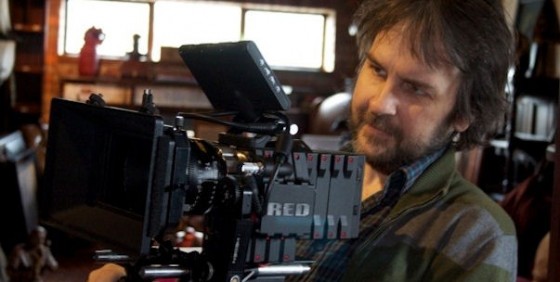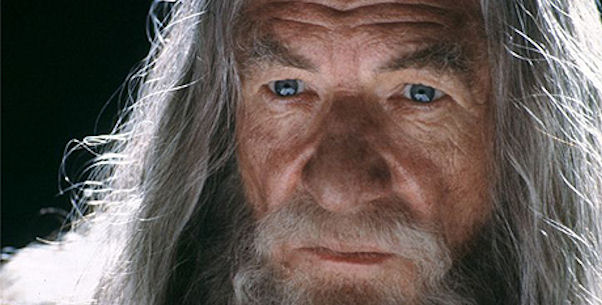
Director Peter Jackson will be among the first in the world to produce a feature film with the RED Epic 5K Digital Cinema Camera. He won’t be using just one of the groundbreaking cameras either, two cameras are needed to create each 3D rig, and Jackson will be employing 30 of the cutting edge machines (15 rigs) to shoot the film in 3D.
Check out the full press release from RED, and details on Ian McKellen‘s return to Hobbiton below!
Press Release:
PETER JACKSON’S “THE HOBBIT” TO BE SHOT ON EPIC!
Peter Jackson’s two film adaptation of The Hobbit will be shot in 3D using RED DIGITAL CINEMA’S soon to be released EPIC Digital Cameras.The successor to RED’s industry changing RED ONE, the EPIC has 5K resolution, can shoot up to 120 frames per second and has a new HDRx™ mode for the highest dynamic range of any digital cinema camera ever made. Taking everything they had learned from building their first camera, RED designed the EPIC from scratch and have produced a smaller, lighter camera that is an order of magnitude more powerful.
The Hobbit will be amongst the first productions in the world to use the EPIC and at least thirty cameras will be required by the 3-D production. The EPIC’S small size and relatively low weight, makes it perfect for 3-D – where two cameras have to be mounted on each 3D rig.
Jackson has a long history with RED, dating back to when he directed the short film ‘Crossing the Line’ as a very early test of prototype RED ONE cameras. “I have always liked the look of Red footage.” he says, “I’m not a scientist or mathematician, but the image Red produces has a much more filmic feel than most of the other digital formats. I find the picture quality appealing and attractive, and with the Epic, Jim and his team have gone even further. It is a fantastic tool, the Epic not only has cutting edge technology, incredible resolution and visual quality, but it is also a very practical tool for film makers. Many competing digital systems require the cameras to be tethered to large cumbersome VTR machines. The Epic gives us back the ability to be totally cable free, even when working in stereo.”
Jim Jannard the owner and founder of RED flew to New Zealand earlier this year with members of his team so that Jackson could test the EPIC and assess its suitability. “Everybody at RED is incredibly proud that Peter has chosen the Epic” says Jannard, “The Hobbit is a major production, and could have chosen any camera system that they wanted. The fact that they went with us is extremely gratifying.”
The Hobbit will start shooting in New Zealand early next year.

Last month, Ian McKellen made people a bit nervous by revealing that he had not yet signed a contract to reprise his role as Gandalf, in Peter Jackson‘s upcoming prequels The Hobbit: Part 1 and The Hobbit: Part 2. McKellen portrayed the character so well in the Lord of the Rings Trilogy that his name has become virtually synonymous with the character.
Thankfully, McKellen has finally confirmed on his website that he is indeed returning to Middle Earth – saying,
“The Hobbits, two films, start shooting in New Zealand in February 2011. Filming will take over a year. Casting in Los Angeles, New York City and London has started. The script too proceeds. The first draft is crammed with old and new friends, again on a quest in Middle Earth.”
The Hobbit: Part 1 is currently slated to hit theaters December 2012.
The Hobbit: Part 2 is currently slated to hit theaters December 2013.
The films star Ian McKellen, Andy Serkis, Richard Armitage, Aidan Turner, Rob Kazinsky, Graham McTavish, John Callen and Stephen Hunter.

